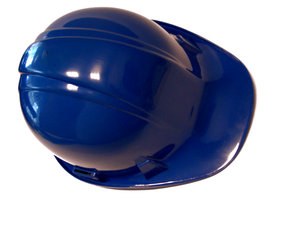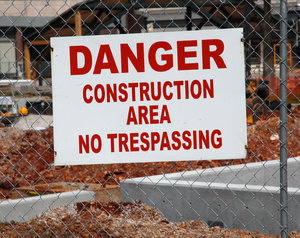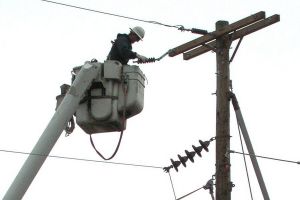Massachusetts Bay Commuter Railroad Co. LLC was recently served with 22 violations by the Occupational Safety and Health Administration (OSHA) for failing to address a number of work site hazards and for failing to prevent work injures in Somerville. The railroad company failed to meet a number of health and workplace standards at its maintenance facility in Somerville on Rear Third Avenue. All of these fines totaled nearly $131,000.

These violations were witnessed during OSHA inspections from April to October. The inspections revealed that the workers in the company’s coach, pipe, truck, carpentry and diesel facilities were exposed to blood-borne pathogens, amputations, lacerations, chemical burns, falls, fired, electrocution, electric shocks, as well as to injuries from tripping, slipping and crushing hazards.
Our Massachusetts workers compensation lawyers understand the dangers that people who work with railroad equipment can be exposed to. Employees working alongside commuter railroads can be exposed to a wide variety of work hazards. These positions require skilled labor and can produce deadly results if the proper safety precautions are not met. Employers are required to ensure that work sites are hazard free and that work conditions are safe for everyone. We recognize that some dangers were corrected at the Massachusetts Bay Commuter Railroad Co. LLC’s Somerville facility following inspections, but before the company can be off the hook, they need to correct every last danger.
“The sizable fines proposed here reflect the number and breadth of hazardous conditions found at this facility,” said Jeffrey A. Erskine, OSHA’s area director for Middlesex and Essex counties.
Violations found at the Somerville facility:
-Unqualified workers were working on the company’s energized electrical equipment and they were not provided with or using the proper protective equipment. This protective equipment includes voltage-rated tools and fire-resistant clothing.
-Employees were exposed to a number of electrical circuits.
-The company neglected to offer employees who were exposed to blood-borne pathogens hepatitis B vaccinations.
-The work site did not have properly labeled containers for its hazardous chemicals.
-There were saw blades that were not properly guarding.
-The company allowed workers to handle corrosive materials without protective clothing, hand protection or face shields.
-The site had numerous blocked emergency exits.
-The site was improperly storing flammables.
-There were also improperly stored acetylene and oxygen cylinders.
-Workers and supervisors on the site were misusing power cords.
-The company failed to lock out electrical power sources during required maintenance.
A company will get a serious violation when there is a hazard that could potentially cause serious physical harm or death. In these cases, an employer should have known and addressed the hazard to help prevent any unnecessary accidents.
Continue reading
 Massachusetts Workers Compensation Lawyers Blog
Massachusetts Workers Compensation Lawyers Blog










